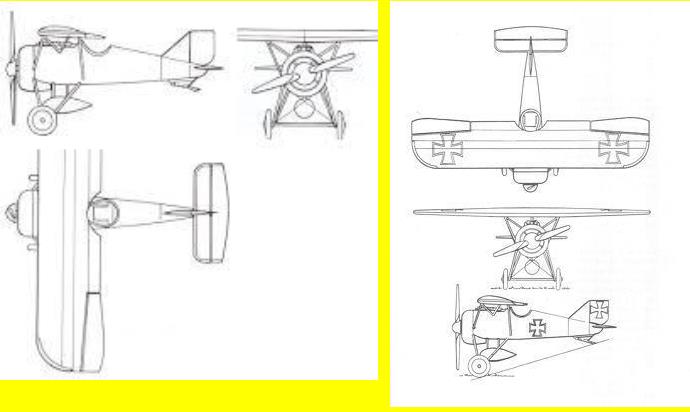During WWI the German fighter pilots increased their demand for socalled Parasol aircraft with high mounted single wings. It seems as if Hugo Junkers started a Parasol design in 1917. Some sources mention the J6 design as the first Parasol approach of Junkers. Other sources refer to the J6 as a similar design to the J5, while the Parasol should have been the J12. Due to the fact, that the designator J12 was definitely used for a passenger aircraft design of Junkers after WW I and due to the fact, that the Parasol project was stopped during WW I, but a prototype construction was already on its way, it is believed, that the J6 might have been the first Parasol designator of Junkers. This designator also fits better to the development year 1917 than the J12.
The prototype construction was started around summer 1918. But Junkers stopped the further construction work, when IDFLIEG was not willing to place an order for a J6/12 test aircraft until further experiences from the J9 were available. In November 1918 nearly 50% of the J6/12 prototype were built. Due to the end of WWI, IDFLIEG was no longer interested in ordering further aircraft. Therefore the J6/12 prototype was scrapped.
Junkers returned to the ideas of the Parasol after WWI, when he built the Junkers K16 and later on the T19 and the following aircraft family for the Russian Air Force.
| Type |
Single seat fighter |
| Engine |
1 Siemens Sh III |
| Dimensions |
Length 5,60 m, height , span 8,00 m, wing area 12,00 m2 |
| Weights |
Empty 420 kg, flying weight 615 kg |
| Performance |
Max. speed 190 kg, range 270 km |
| Armament |
|
